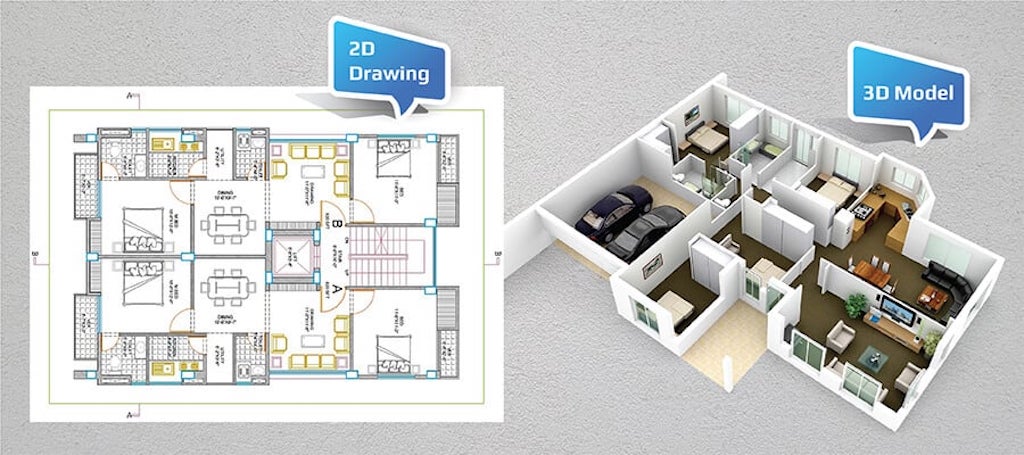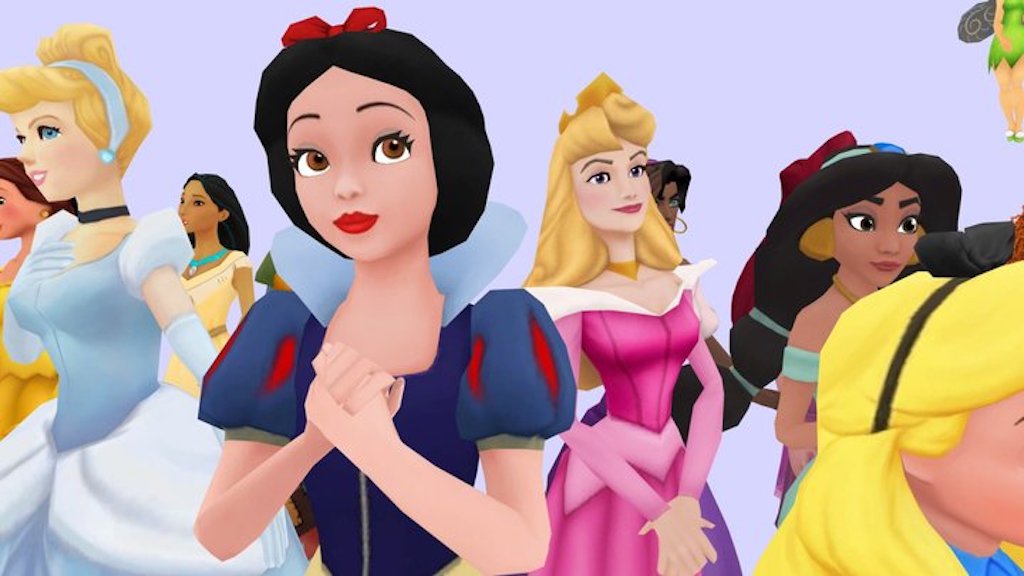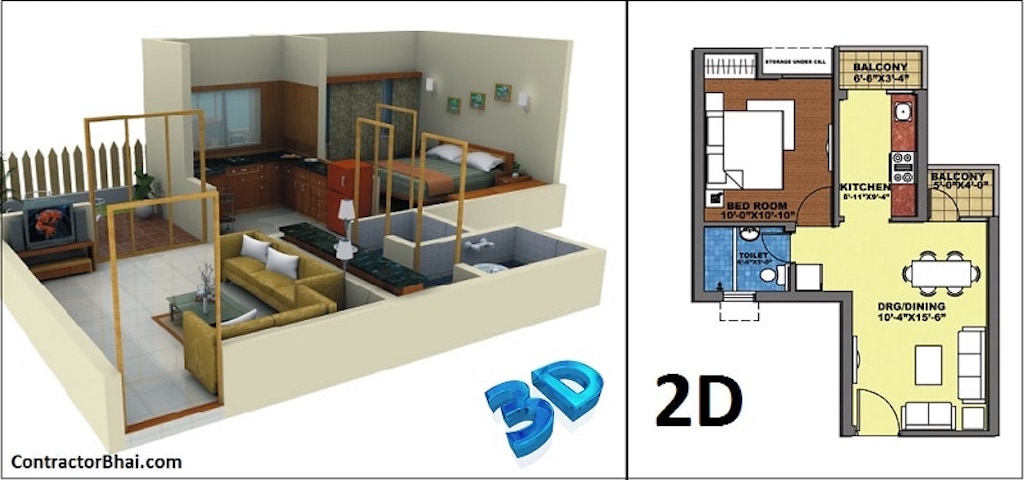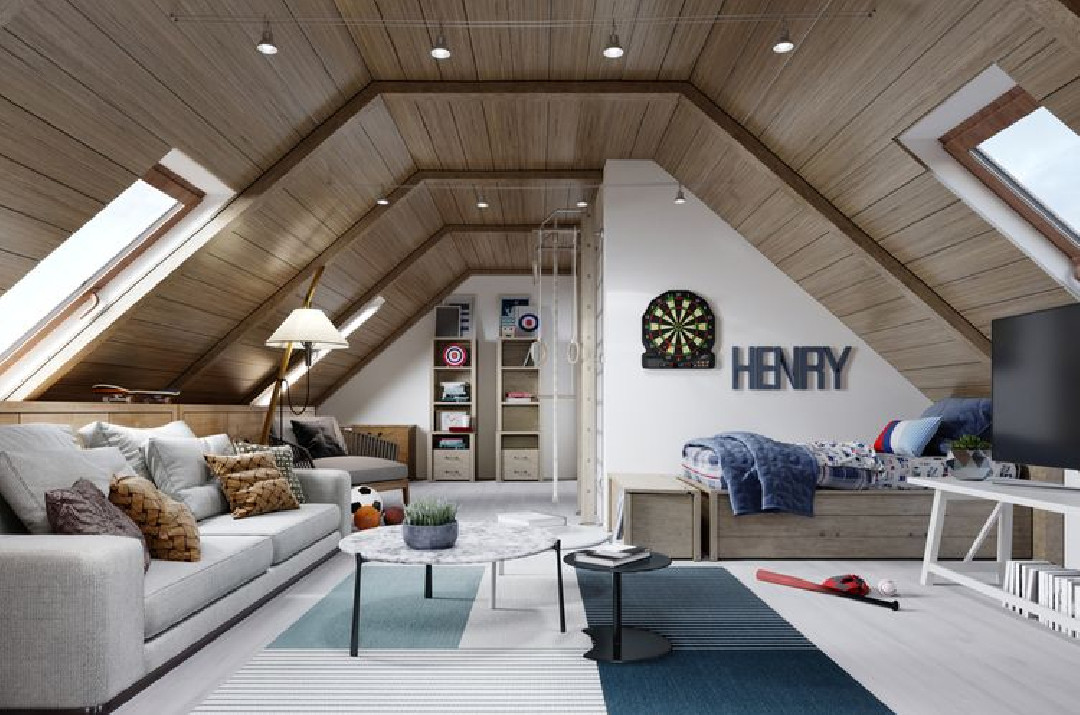How To Choose Between 2D and 3D Animation For Your Project

In today's digital world, animation plays a crucial role in capturing audiences' attention.
Whether for marketing, education, or entertainment, picking the right animation style - 2D or 3D - can significantly impact your project's success.
Do you go with 2D or 3D?
It's not just about looks.
The kind of animation you pick can really change how people see and understand your message.
So, to know it better, let’s talk about what makes 2D and 3D animation different and how to decide which animation will work best for your project!
Understanding 2D and 3D Animation: Key Differences
 image source : hitechcaddservices.com
image source : hitechcaddservices.com
When you think of 2D animation, remember the old cartoons. It uses flat pictures and is easy and cheap to make. This makes it a good choice for businesses that want something simple yet fun.
3D animation, on the other hand, is like what you see in new animated movies. It looks more real because it adds depth. This style is good for making characters and places that look lifelike. But it takes more time and money to do this.
So, when deciding, think about what you need for your project and what you can afford. Here is a comparative analysis of both 2d and 3d animation.
-
Visual Appeal:
-
2D: Offers a classic, graphic look with strong line work and bold colors.
-
3D: Provides realistic textures, lighting effects, and shadows for a more lifelike appearance.
-
Technical Complexity:
-
2D: Relatively simpler, involving traditional frame-by-frame animation or digital methods.
-
3D: Involves complex processes like modeling, rigging, and rendering.
-
Character and Environment Design:
-
2D: Characters and environments are stylized and flat.
-
3D: Allows for fully rounded characters and environments with the ability to explore different angles and depths.
-
Animation Fluidity and Motion:
-
2D: Motion can be exaggerated for effect, but is generally more limited in terms of realism.
-
3D: Enables smooth, naturalistic movement and camera work, closely mimicking real-life physics.
-
Narrative Scope:
-
2D: Often used for storytelling that relies on artistic expression and symbolism.
-
3D: Suitable for narratives requiring immersive and detailed worlds.
-
Production Workflow:
-
2D: Involves sketching, inking, and coloring stages, often quicker to revise.
-
3D: Requires a longer pre-production phase, including complex modeling and texturing.
-
Skill Set Required:
-
2D: Demands traditional artistic skills like drawing and a good sense of timing and spacing.
-
3D: Requires knowledge of 3D software, spatial awareness, and understanding of mechanics and physics.
Hope this helps you see the differences between 2D and 3D animation better and help you pick the right one for your work.
Now, let's look at the things you should think about when choosing between them.
Factors to Consider When Choosing

image source : sketchfab.com
When you're standing at the crossroads of 2D and 3D animation for your project, it’s like choosing between a classic vanilla and a rich chocolate sundae.
Both are great, but which one's right for you? Let's break it down:
1. Budget: Your Financial Map
-
Cost Matters: 2D animation often costs less, making it a go-to for tighter budgets. It's like both can satisfy, but one's lighter on the wallet.
-
3D's Price Tag: 3D animation, with its depth and realism, often requires a heftier budget. It's more expensive but potentially more impactful.
2. Audience: Who Are You Talking To?
-
Kids and Cartoons: If your audience is younger or you're aiming for a playful, approachable style, 2D can be your best buddy. It's like using simple words to tell a fun story to a child.
-
Captivating the Crowd: For a more mature or technically-oriented audience, 3D can grab attention with its lifelike depth and detail. It’s like telling a gripping tale that keeps everyone on the edge of their seats.
3. Time: Tick Tock Goes the Clock
-
Quick and Quirky 2D: When time is of the essence, 2D can be quicker to produce. It is whipping up a quick, tasty sandwich instead of a slow-cooked stew.
-
3D Takes Its Time: 3D animation often takes longer to create. It's like preparing a complex dish that needs time to simmer to perfection.
4. Complexity: What's Your Story?
-
Simple Yet Powerful: 2D is great for conveying clear, straightforward messages. It’s like using a single, beautiful photograph to tell a story.
-
Rich and Detailed: 3D can capture complex scenarios with more depth and realism. Imagine using a detailed, immersive movie to narrate your tale.
5. Brand Image: Reflecting Your Identity
-
Align with Your Style: Does a playful and artistic 2D animation reflect your brand's personality, or does a sophisticated, cutting-edge 3D presentation align better with your image?

image source : contractorbhai.com
It's about choosing the outfit that best suits your style.
Remember, there's no one-size-fits-all answer here. Take a step back, weigh these factors, and you'll find the animation style that resonates best with your project's heart and soul.
In conclusion, choosing between 2D and 3D animation hinges on understanding your project's needs, and the right animation can significantly elevate your project.
Ready to make your choice or need more guidance? Reach out to us, and let's bring your vision to life with the perfect animation style!





